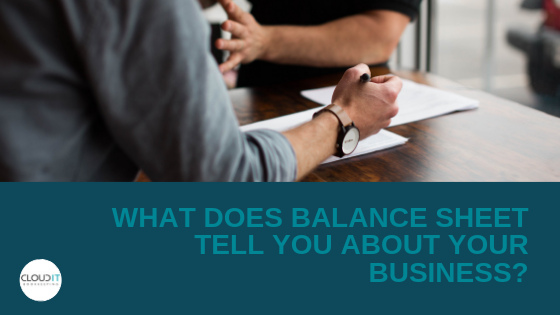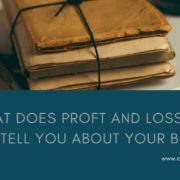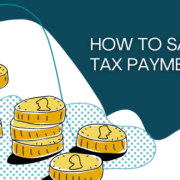What does Balance Sheet tell you about your business?
Balance sheets are used internally to guide management decisions. Externally, they can be used to report the financial status of your business to lenders, investors and other stakeholders.
The balance sheet gives you a snapshot of how much your business owns (its assets) and how much it owes (its liabilities) as at a given point in time. That might be today, or it might be at the end of your business’s accounting year.
It summarizes the financial health of a company, showing how it is funded and what it has done with that funding. This is why a balance sheet is also recorded as a ‘Statement of Financial Position’ in accounting terms.
What is on the Balance Sheet?
The balance sheet is presented in three sections:
• Assets such as properties, furniture and fittings, equipment, stock for sale, cash and money owed to you.
• Liabilities such as your bank overdraft, loans and other money you owe.
• Equity such as share capital and Retained Earning.
What does Balance Sheet tell you about your business?
The balance sheet presents a company’s financial position at the end of a specified date. If your business owns more than it owes, then the balance sheet total will be a positive figure. If your business owes more than it owns, the balance sheet total will be negative- and that’s not good news, because it means your business doesn’t have enough money available to pay all its debts.
As well as this quick check, you can also use your balance sheet to calculate some useful ratios.
Tracking your company’s finance can help you identify potential issues before they turn into major problems. Ultimately, a balance sheet provides the information you need to sustain and grow your business over time.
Components of the balance sheet
A balance sheet has three sections: assets (what the business owns), liabilities (what the business owes both now and, in the future,) and owners’ equity (assets + liabilities). Let’s take a closer look at each.
Assets
Assets include current assets, fixed assets and other assets. Current assets include:
- Cash
- Accounts Receivable
- Inventory
- Assets that can quickly be converted to cash such as certificates of deposit
Fixed assets are long-term assets that your business will have for more than 12 months. They include:
- Equipment
- Buildings
- Land
- Vehicles
You may also have intangible assets, such as trademarks or patents.
Liabilities
Current liabilities are those that need to be paid within the next 12 months, such as:
- Accounts payable
- Taxes
- Payroll
- Debt service
- Credit card payments
Long-term liabilities will not be paid within the next 12 months. These include:
- Outstanding loans (minus the current portion of these debts)
- Mortgages
Owners’ or shareholders’ equity
Add together assets and liabilities to arrive at your owners’ equity or shareholders’ equity. Ideally, this should be a positive figure, but if things aren’t going well, it could be a negative number.
If your owners’ equity remains negative, it will affect not only your profitability, but also your ability to get capital from lenders or investors. Financing sources want to see that a business is doing well enough financially to service its debt or make a profit for investors before they will put any money into your business.
What does the Balance Sheet say?
It Determines Risk and Return
A Balance sheet briefly lists your assets and liabilities in one place. Current and long- term assets reflect your ability to generate cash and sustain operations. In comparison, short and long-term debts prioritize your business’s financial obligations. Ideally, you have more assets on your balance sheet than liabilities, indicating positive net worth.
Comparing your current assets to current liabilities determines whether your business can cover its short-term obligations. If your current liabilities exceed your cash balance, your business may require additional working capital from outside sources. However, a balance sheet can also show you when your debt levels are unsustainable. If you have too much debt on your balance sheet, you may default on debt payments or declare bankruptcy.
It can be used to Secure Loans and Other Capital
Your balance sheet allows people outside of your company to quickly understand its financial condition. Most lenders require a balance sheet to determine a business’s financial health and creditworthiness. Additionally, potential investors may use it to understand where their funding will go and when they can expect to be repaid.
When updated over time, your balance sheet effectively shows your ability to collect payments and repay debts. Plus, it shows lenders that you have a track record of managing assets and liabilities responsibly. If you apply for a loan, it will also show lenders that you’ll likely repay your debts in a timely manner.
It Provides Helpful Ratios
Ratios are often used in financial statement analysis to indicate a company’s operational efficiency, liquidity, profitability, and solvency. These financial ratios are particularly helpful when assessing the long-term sustainability of a business. They can be determined by a company’s balance sheet accounts.
For example, your balance sheet is a snapshot that reveals your company’s overall capital structure. It can also tell you how long it takes to sell inventory and the length of your accounts receivable process. This information can help you identify trends and see how your company’s finances and operations compare to competitors.
What’s your business worth
Ultimately, a balance sheet calculates the value of your business. Even if you are not planning to sell your business in the near future, think of it as a way to keep score.
You may find out your business is less successful — or more successful — than you thought it was. Most people greatly overestimate the value of their businesses, so getting a reality check can be helpful. By pinpointing shortfalls in your business’s finances, a balance sheet can help you make long-term changes that will improve your company’s chance of success.
- Balance Sheet helps in knowing past and present position of an enterprise.
- You can use it to obtain a very thorough summary of the company’s financial health by analyzing its working capital and liquidity
- It provides an insight into the company’s likelihood of defaulting on its credit obligations or even its bankruptcy risk
A Balance sheet is actually a valuable tool for businesses of all sizes to monitor their progress and see how they’re doing. It can help you make long-term changes that will improve your company’s chance of success. Collectively a Balance Sheet is a mirror of a business.
If you need any help with understanding your Balance Sheet we, at Cloudit Bookkeeping, will be happy to assist you.












